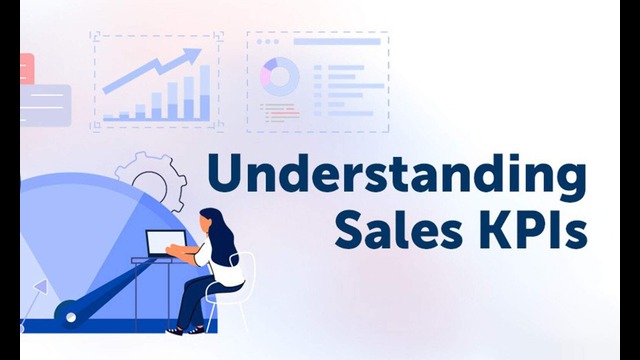- Leadership starts with access to the right information to make intelligent decisions and drive a data culture.
- The average bank spends an excessive number of hours per month assembling financial performance reports, then updating, distributing, and interpreting data.
- Bank should consider a performance management tool designed to automate the entire process, empowering to do less administrative work compiling data and reports, and more time making data-driven decisions that impact bottom-line success.
- Impactful strategic decisions then start with understanding current performance strengths and areas of improvement by tracking the right mix of key performance metrics for banks metrics and bank KPIs.
METRICS:
1. LDR
Loans/Deposits Ratio (LDR) – Expressed as a percentage, LDR is used to assess a bank's liquidity by comparing a bank's total loans to its total deposits for the same period. If the ratio is too high, it means that the bank may not have enough liquidity to cover any unforeseen fund requirements.
LDR BETWEEN 80% TO 90% SAFE ZONE
LDR BETWEEN 90% TO 110% ALERT ZONE
2. ER
The ratio of non-interest expenses divided by revenue. This shows how well the bank's managers control their overhead expenses.
IDEAL: BELOW 50%
TREND: 60%
3. LCR
The Liquidity Coverage Ratio (LCR) is a financial metric that measures a bank's ability to meet short-term liquidity requirements.
LCR SHOULD BE EQUAL OR GREATER THAN 100%4. LR or CR (LIQUIDITY RATIO / CURRENT RATIO)
RECOMMENDED CR IS 1.2 OR 120% OR HIGHER GENERALLY PROVIDE A CUSHION.
5. DR (DEBT RATIO)
FROM A RISK-BASED APPROACH, DEBT RATIO OF 0.4 OR LOWER IS RECOMM.
BANK’S ABILITY TO PAY LIABILITIES, AND RESPOND TO CREDIT RISKS AND OPERATIONAL RISKS.
REGULATORY CAPITAL OR CAPITAL REQUIREMENT IS THE AMOUNT OF CAPITAL A BANK OR OTHER FINANCIAL INSTITUTION HAS TO HOLD AS REQUIRED BY ITS FINANCIAL REGULATOR.
VALUE OF RISK ADJUSTED ASSETs (RAA) OR RISK WEIGHTED ASSETs (RAW) IS THE SUM OF EACH ASSET MULTIPLIED BY ITS ASSIGNED INDIVIDUAL RISK.
CAPITAL ADEQUACY AND AVAILABILITY ULTIMATELY DETERMINE THE DEGREE OF ROBUSTNESS OF FINANCIAL INSTITUTIONS TO WITHSTAND SHOCKS TO THEIR BALANCE SHEETS. (FINANCIAL SOUNDNESS INDICATORS (FSI))
********** MINIMUM RECOMMENDED VALUE IS BETWEEN 8% TO 10.5%
********** HIGHER CAR VALUE IS BETTER.
A FEW MORE INDICATORs
ROE (RETURN ON EARNINGs) SHOWS PERFORMANCE BASED ON SHAREHOLDER EQUITY.
ROA (RETURN ON ASSETs ) SHOWS COMPANY PROFITABILITY BASED ON ITS TOTAL ASSETS.
ROD (RETURN ON DEBT) MEASURES HOW MUCH A COMPANY PROFITS FROM BORROWED OR LEVERAGED FUNDS.
















Comments
Post a Comment